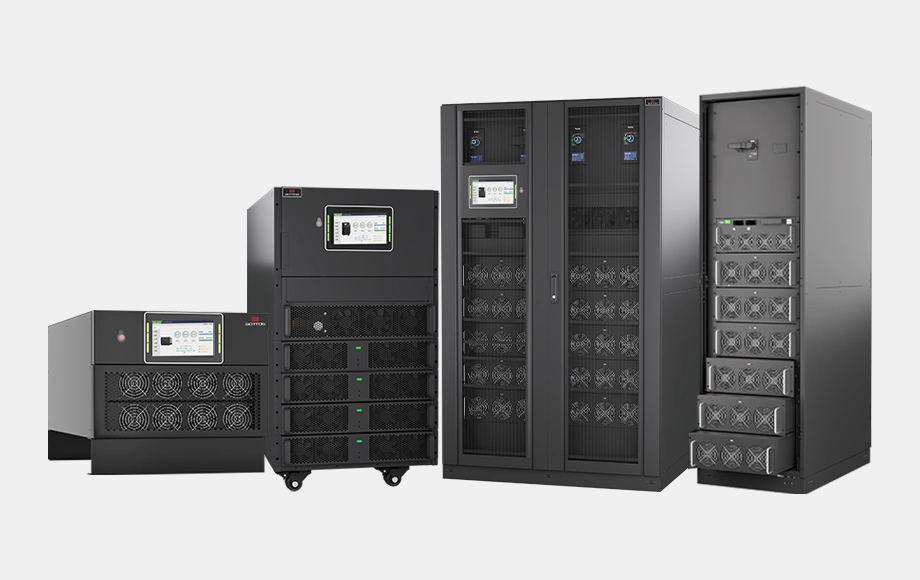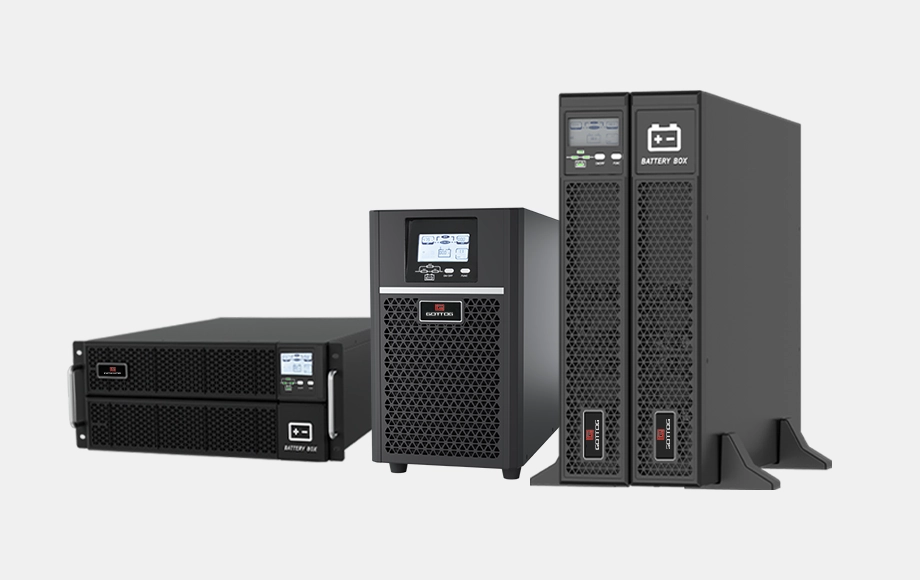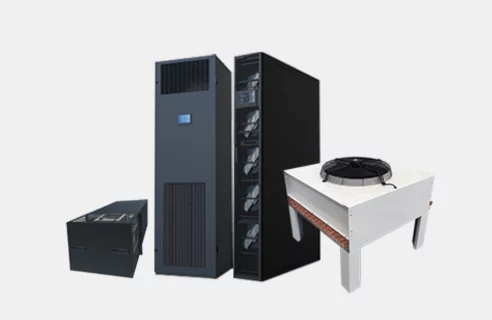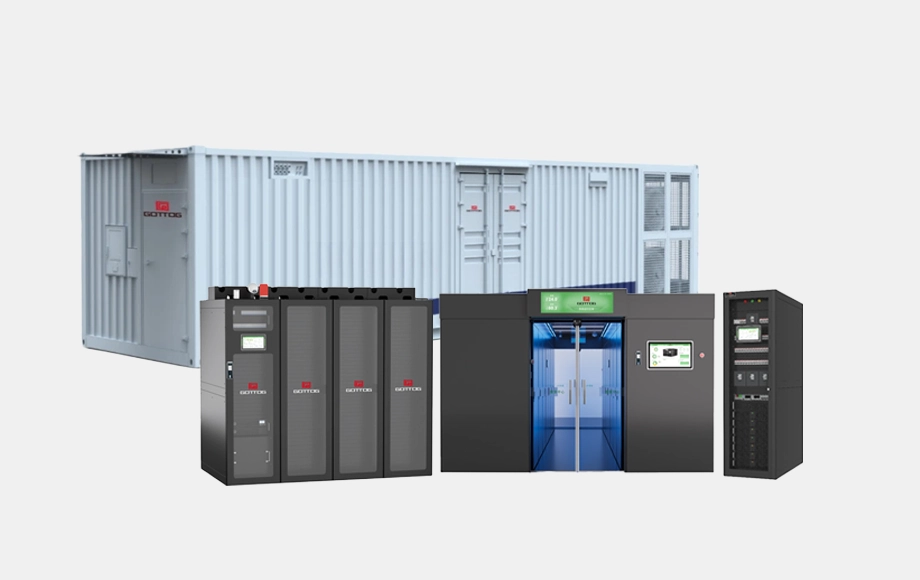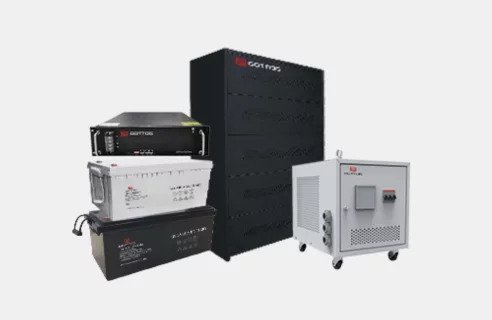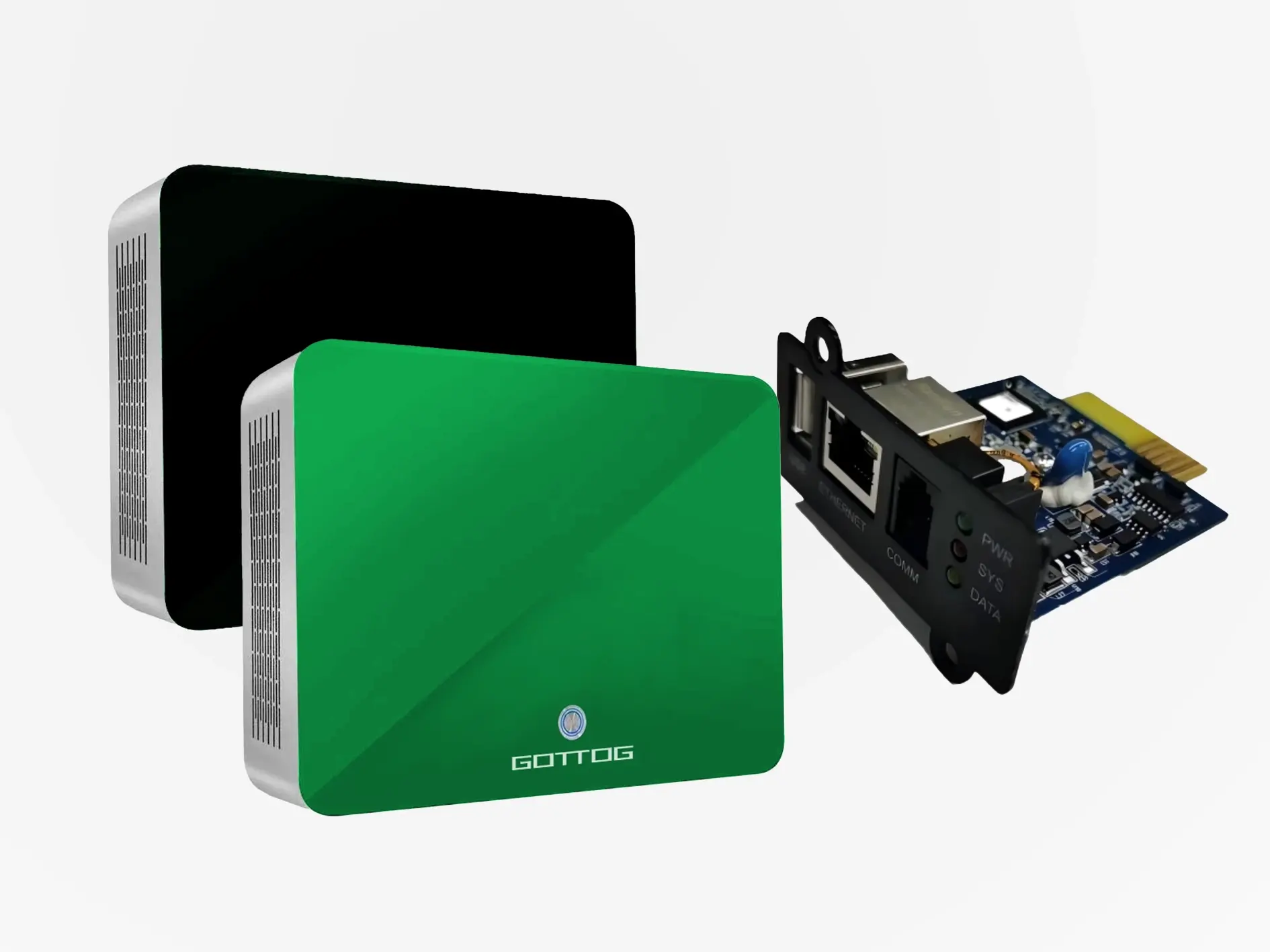The Rising UPS Market: How Modular Systems Are Redefining Power Resilience
The global uninterruptible power supply (UPS) market is booming, fueled by surging demand for zero-downtime operations. Valued at $12.2 billion in 2024, the market is growing at a 12.1% Compound annual growth rate for modular UPS systems, which are projected to dominate 50% of the market by 2030 (Grandviewresearch). With industries prioritizing operational continuity and energy efficiency, modular UPS has emerged as the cornerstone of modern power strategies. This article dives into its transformative benefits and market trends, revealing how businesses can leverage modular technology to optimize costs and future-proof operations.
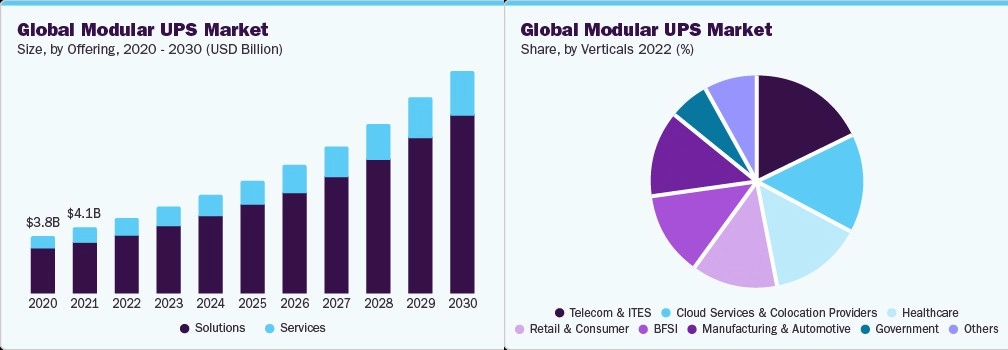
1. Market Outlook: Why Modular UPS is Becoming Essential
- Key Drivers of Adoption
Data Explosion & Edge Computing: Global data volume will hit 175 Zettabyte by 2025, driving a 300% surge in edge data centers. Modular UPS systems, with their compact design and rapid deployment, are ideal for distributed infrastructure.
Energy Efficiency Regulations: The EU’s Energy Efficiency Directive mandates data center power usage effectiveness <1.3. Modular UPS achieves this via smart load management, reducing energy waste by 15-20% .
Cost Optimization: Cost pressure: Traditional UPS leads to capital expenditure waste due to over-planning, while modular UPS can save 30% of initial investment.
- Market Growth Snapshot
Modular UPS Segment: Growing at 12.1% Compound annual growth rate, outpacing traditional UPS (3.5%) due to SME cloud adoption and colocation demands.
Head-to-Head Comparison:
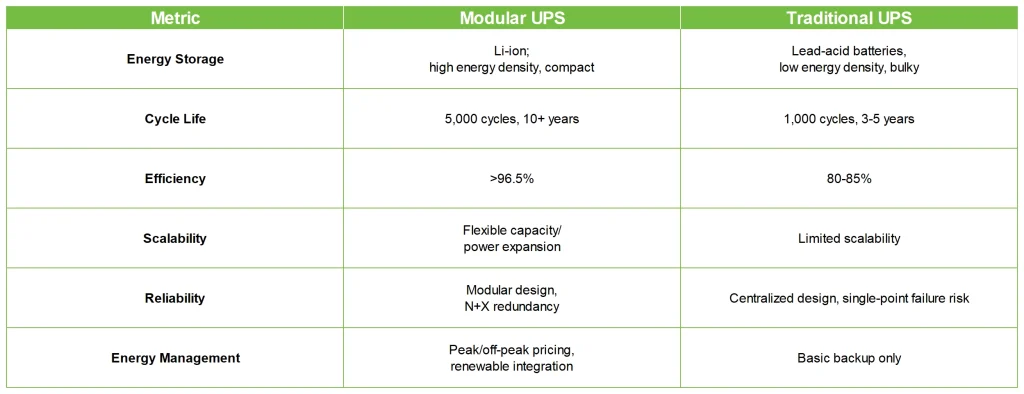
2. The Benefits of Modular UPS Systems: Why Modular UPS Is Becoming Essential
Scalability: Power Growth Without Overinvestment
Traditional UPS requires costly upfront overprovisioning. Modular systems allow incremental capacity expansion—assume start at 100 kW, scale to 300 kW by adding modules.
- Case Study: A Zambian bank’s data center achieved zero-downtime upgrades with GOTTOGPOWER modular UPS, aligning power capacity with server rack density.
Redundancy: Ensuring 99.9% Uptime
- N+1 Architecture: If a module fails, the load instantly shifts to backups, thus avoiding the resulting downtime costs.
- Critical Applications: Vital for hospitals (ICU equipment) and financial trading platforms (millisecond-level failover).
Energy Efficiency: Slashing Costs and Emissions
Modular UPS maintains >96% efficiency even at 30% load, versus <85% for traditional systems. Dynamic power management and idle module hibernation reduce annual energy waste by 20%, supporting Environmental, Social and Governance goals.
Space Optimization: Power Density Revolution
- Compact Design: Modular UPS system offers ultra-high power density, saving 40% of floor space compared to bulky traditional units.
- Use Cases: Ideal for urban micro-data centers and 5G base station power cabinets.
Predictive Maintenance: From Reactive to Proactive
The IoT sensors and AI algorithms of the Modular UPS can monitor more than 200 parameters (battery health, temperature, load peak) and predict failures in advance. This can reduce maintenance costs and unplanned downtime.
3. Conclusion:
By using in modular UPS, enterprises not only mitigate blackout risks but also achieve long-term cost savings and operational flexibility. Modular UPS, with their scalability, energy efficiency, and intelligent maintenance capabilities, have become indispensable tools for businesses pursuing agility, efficiency, and resilience. Their high-reliability design and smart maintenance features fortify power defenses for mission-critical operations. Moving forward, modular UPS will deeply integrate into corporate power strategies, emerging as a cornerstone for competitive advantage.
Ready to explore modular UPS solutions? Contact GOTTOGPOWER to customize a power protection system tailored to your needs.

